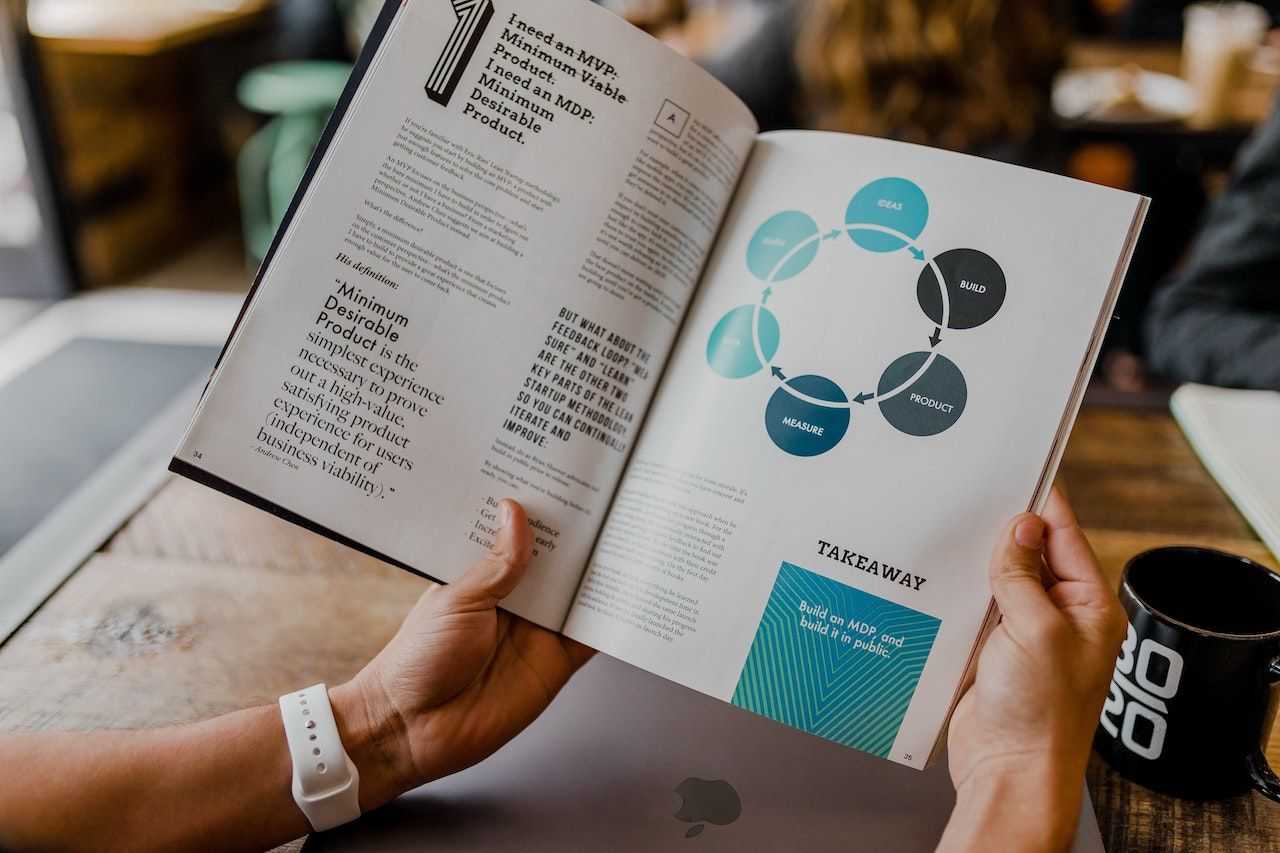Simple Best Practice Guide to AB Testing

Author
Robert Arwel Hughes
Published
A/B testing is a crucial part of any data-driven decision-making process in digital marketing, product development, and user experience design. It is a method of comparing two versions of a product, website, landing page, or app to determine which one performs better based on a specific metric. The goal of A/B testing is to improve the user experience and increase conversions, engagement, and satisfaction.
There are several best practices to follow when conducting A/B tests:
- Define the problem and the objective of the test: It is important to have a clear understanding of what you want to test and what you want to achieve. This will help you determine the appropriate metric to track and the relevant hypothesis to test.
- Choose the right metric: Choose a metric that aligns with your objectives, is relevant to your target audience, and can be easily measured. For example, if your objective is to increase the number of sign-ups, the appropriate metric would be the conversion rate of the sign-up form.
- Select a sample size: A sample size large enough to achieve statistical significance is important for accurate results. A rule of thumb is to have a minimum sample size of at least 100 conversions per variant.
- Test one change at a time: Make only one change between the two versions of the product, website, or landing page. This will help you determine the effect of the change and avoid confounding results.
- Run the test for a sufficient duration: The duration of the test should be long enough to capture the effect of the change and avoid seasonal fluctuations or other extraneous factors. A rule of thumb is to run the test for at least a week or until you reach a minimum sample size of at least 100 conversions per variant.
- Analyse the results: Use statistical analysis to determine the significance of the results and make informed decisions based on the data.
Simple as they may be, below are a handful of examples of companies that have successfully implemented A/B testing to enhance the performance of their digital products:
- Amazon is a master of A/B testing and is known for running thousands of tests every year to improve the customer experience. One of their most famous A/B tests was the test of their website’s “Add to Cart” button. They found that changing the colour of the button from orange to yellow increased the conversion rate by 14.5%.
- Google is another company that is well-known for its data-driven approach to product development. One of their famous A/B tests was the test of the Google search results page. They found that changing the background colour from white to black increased the click-through rate by 3%.
- Airbnb is a company that is constantly testing to improve the customer experience. One of their famous A/B tests was the test of their homepage hero image. They found that changing the hero image to feature local experiences increased the conversion rate by 27%.
In conclusion, A/B testing is an essential tool for any company that wants to improve the user experience and make data-driven decisions. By following best practices and learning from the successes of companies like Amazon, Google, and Airbnb, companies can optimise their products, websites, and apps to achieve better results and increase conversions.











